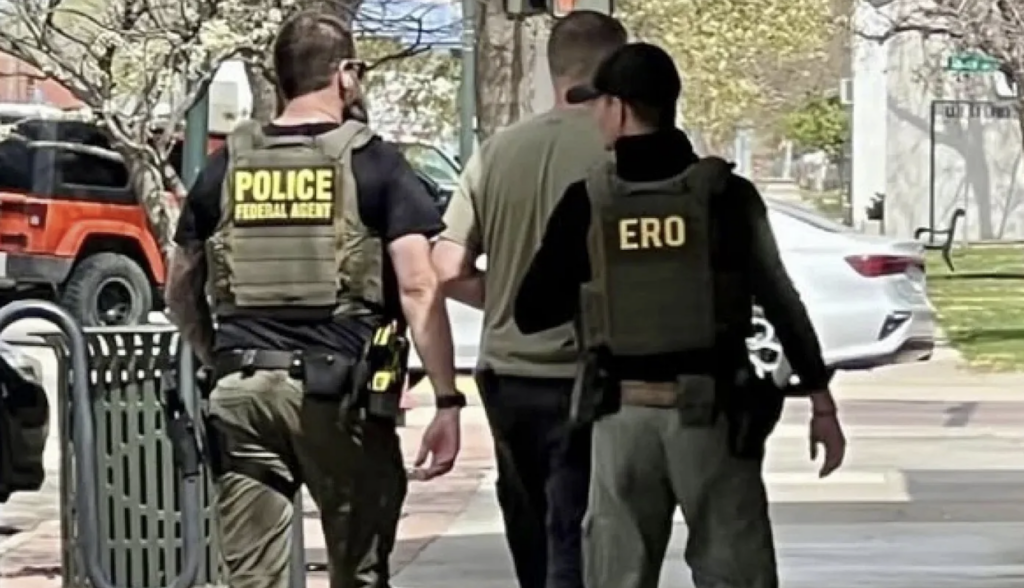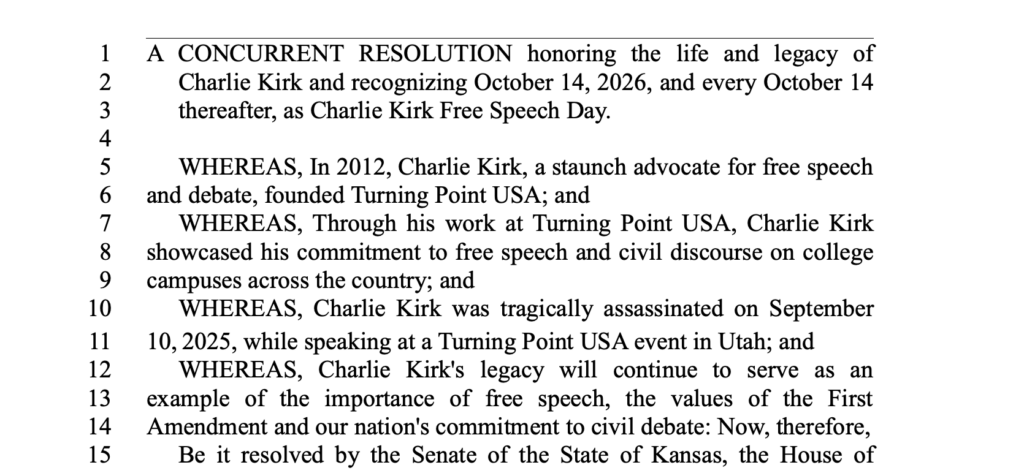Lofty Ideas

Mayor Kay Barnes was radiant on August 14 as she stepped onto a platform in the middle of Baltimore Street. Her platinum pantsuit matched her silver-blonde hair, and a magnificent white rose bloomed from her shoulder. Under a glorious dry sun, the mayor proclaimed that it was a beautiful day in Kansas City — as if she’d created the day herself.
The mayor had stopped traffic to make an announcement of global significance.
“In the world’s great cities there’s always a certain reverence for, and attraction to, the central core,” she beamed. “A city is an organism … and it needs a healthy heart to survive. I’ve often come back to this theme because here in Kansas City the symbolism of the heart is especially meaningful. After all, we’re not just the heart of a metro area and a region. We’re also the heart of the most powerful nation on earth.”
What news could deserve such an introduction? No, it wasn’t a new Star Wars contract for Allied Signal; it was that three developers planned to fix up a handful of historic buildings and put in 427 new apartments downtown.
“I’ve stated it often,” Barnes said. “We must restore and keep strong the heart of America.”
If that statement seemed ridiculous considering the pass she’d just taken on light rail (which was guaranteed to bring people downtown), it didn’t matter. A new day was dawning. “The old way of thinking was, ‘Build the amenities and the people will come.’ But the new way is, ‘Bring the people first.'”
While the mayor is thinking small, she should consider wrapping up another item of business before her brilliant sun sets on this summer.
Madame could dispense with critics who argue that Kansas City can’t afford a downtown ballpark. She should consider the work of Philip Bess, an architecture professor at Andrews University in Michigan and occasional cleat in the side of HOK Sport.
HOK’s work is a source of hometown pride. The Kansas City-based company designed Chicago’s new Comiskey Park, Denver’s Coors Field, Detroit’s Comerica Park, Houston’s Enron Field, Pittsburgh’s PNC Park and San Francisco’s Pac Bell Park. It’s working on projects for the Boston Red Sox, the Cincinnati Reds, the Cleveland Indians and the Philadelphia Phillies.
The most expensive to date: $319 million for Pac Bell Park. (HOK isn’t the only big-ticket designer; Seattle’s NBBJ architects are responsible for the Mariners’ $517 million Safeco Field in that city.)
But Philip Bess says he can do better for less. A brand-new ballpark with the same number of seats and virtually all the revenue-generating features Major League Baseball owners now expect can be designed on eight to ten acres, he says, at about 70 percent of the cost of the current industry standard. Bess makes an impressive argument in his book City Baseball Magic: Plain Talk And Uncommon Sense About Cities and Baseball Parks (1999, Knothole Press).
Bess isn’t some wacko out in left field. In Chicago, one of his research projects turned out to be an unofficial counterproposal for HOK’s ill-fated design for the new Comiskey Park. Then, Bess says, he “was invited by the mayor of a Midwestern city to do a counterproposal for a downtown neighborhood ballpark, in the interest of persuading the local team owner to build downtown instead of on a suburban site.” (Bess says his counterproposal “was never a public project and the team owner was not to be persuaded.” But it’s not hard to figure out that Milwaukee’s new stadium fits the description.) Bess also worked with Skidmore Owings & Merrill — one of the world’s largest architecture firms (it designed the Sears Tower) — competing for stadium jobs in Denver and Cleveland that ultimately went to HOK.
Most recently, Bess led a high-profile design symposium for historic preservation organizations in Boston that want to save Fenway Park. Before the past year’s uncertainties about the Red Sox’s ownership, the Massachusetts legislature approved a $312 million state contribution to the team’s planned $664 million, 15.5-acre HOK-designed stadium for a site adjacent to Fenway. Bess put together a plan to redo the existing park, which he says confirms his argument that intimate, small-footprint, competitive revenue-generating ballparks can be built both more neighborhood-friendly and for less money.
Ultimately, Bess is talking about healthy cities. He doesn’t propose “downtown” ballparks — he proposes “neighborhood” ballparks. “The American downtown is a concentration of office buildings, where all the highrises are, but not a lot of residences,” he says. “But in the older great cities of the world there are no downtowns. There is no downtown London, Rome, Paris. There is a city center, but it’s a place where people live, work, go to school, worship, recreate and are entertained.”
Hey — that sounds just like Kay Barnes! Instead of talking about downtown Kansas City, she trumpets the “River-Crown-Plaza.” In Kay’s world, people think of the muddy Missouri with the same romantic breathlessness as they envision the Seine — Parkville’s the new Left Bank.
David Glass could help with her “vision.” After this summer’s fleeting fantasy about a downtown ballpark, everyone knows that the cheapskate Royals owner has no intention of paying for his own stadium. Some people put a quick, emotional end to downtown ballpark discussions by blustering about how “beautiful” Kauffman Stadium is and how no one wants to go downtown anyway. But who were those 375,000 people who crammed into the Downtown Airport and spilled over into Quality Hill for the air show this past weekend? After suffering through this humiliating season, maybe it’s time Kansas City demands something in return for supporting Glass’s Royals. If Glass can’t give the city a winning team, at least he could move the games downtown. The resulting economic lift might even make amends for some of the downtowns Wal-Mart has killed all across the country.




